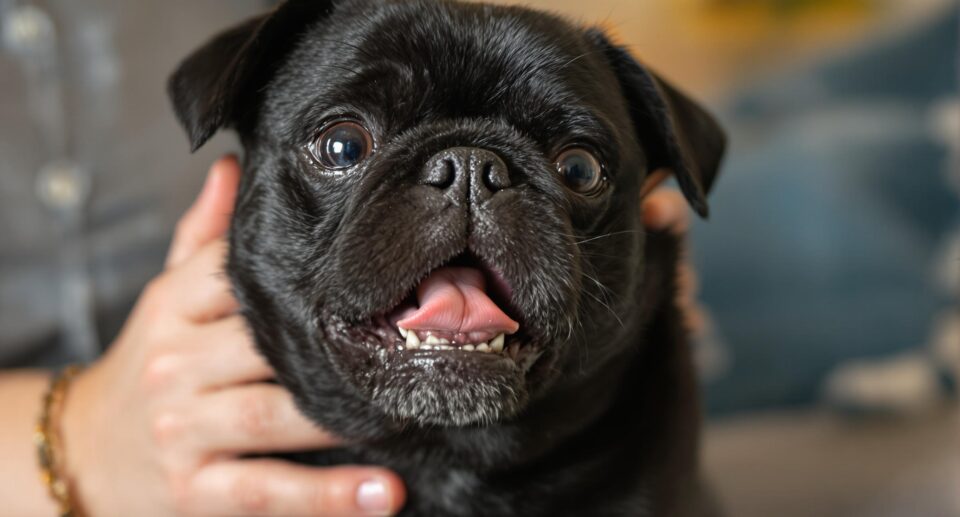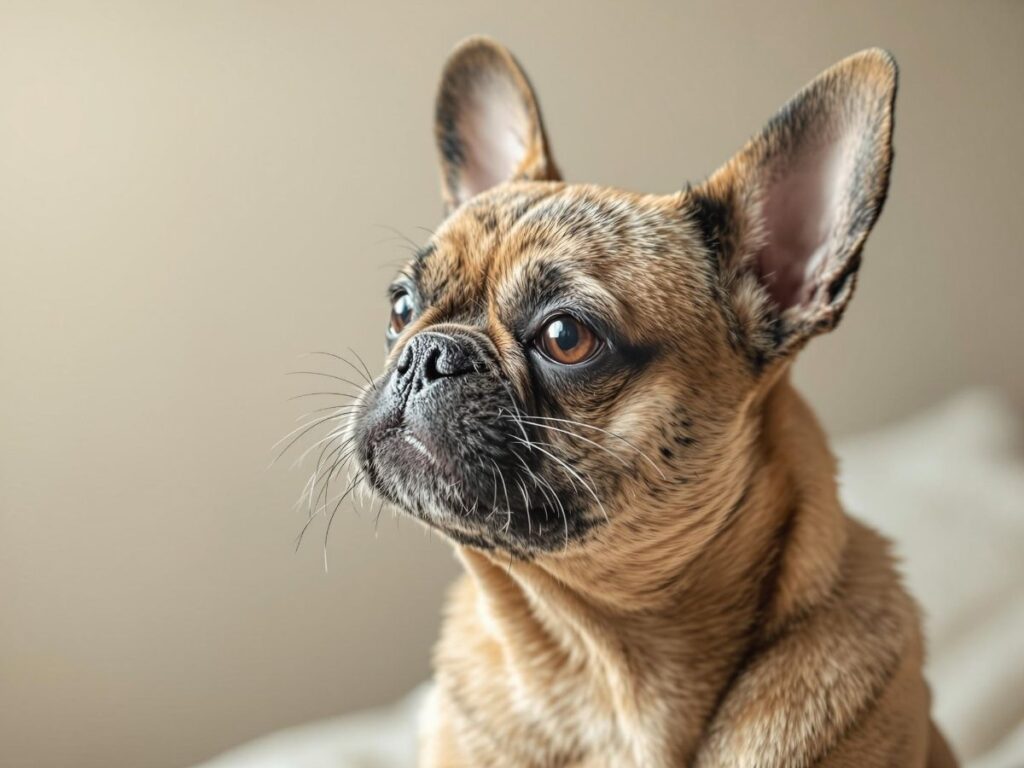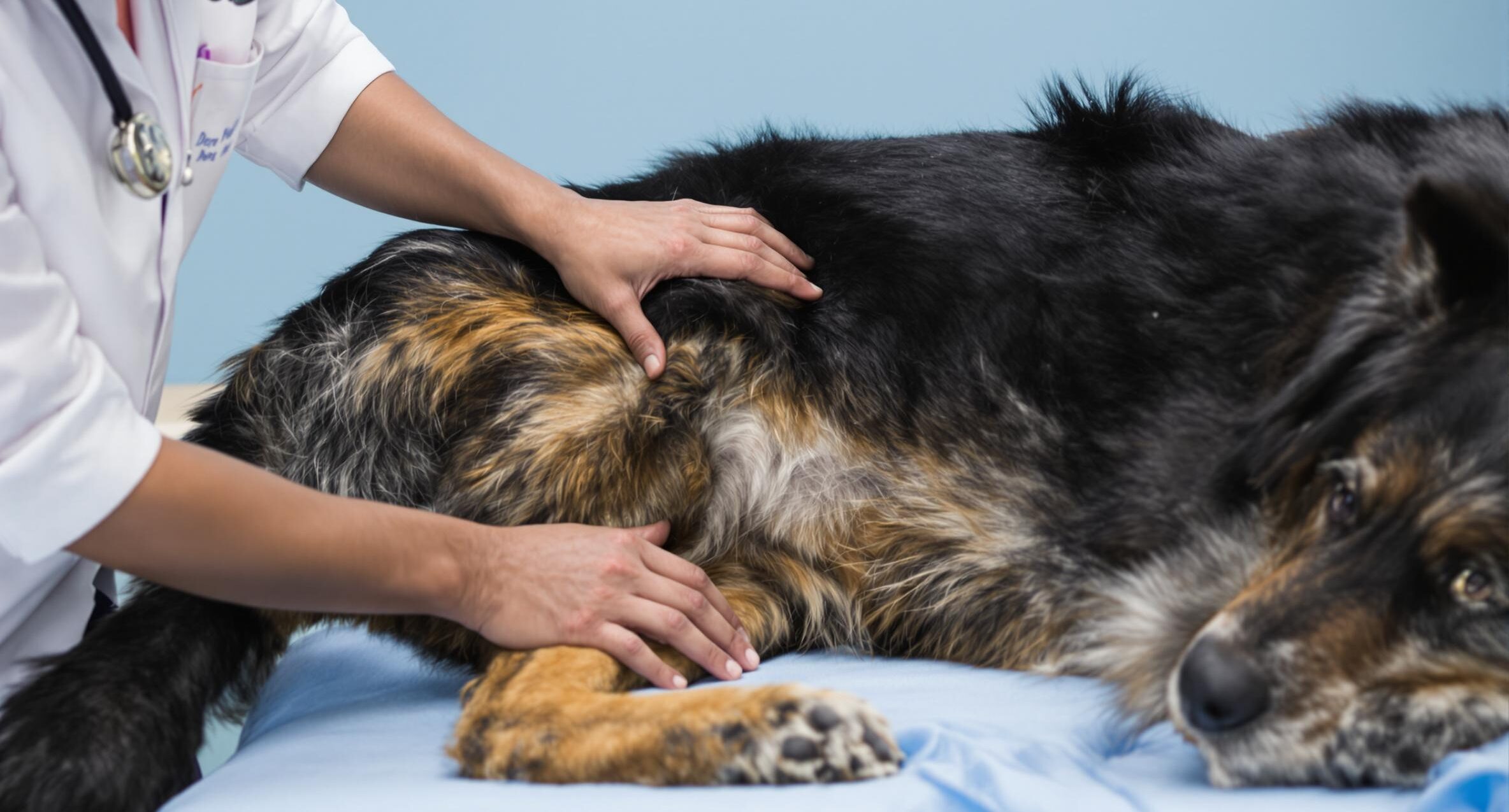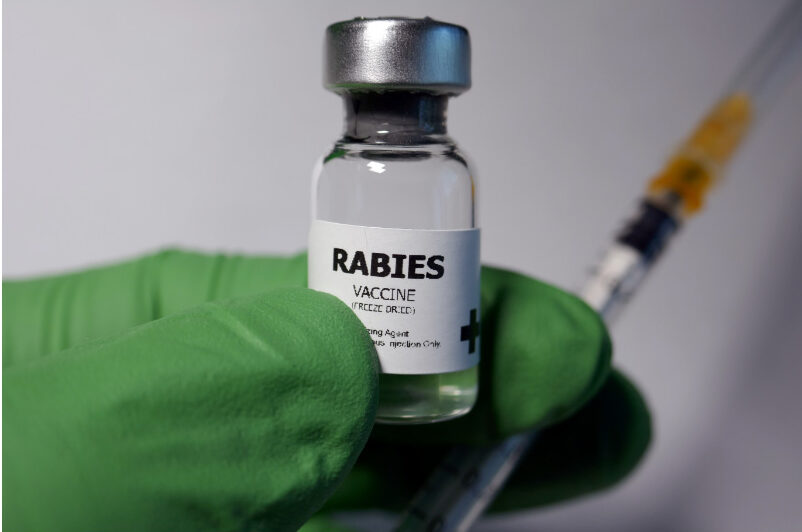
Key takeaways:
- Reverse sneezing is a harmless reflex in most dogs, often triggered by irritation in the throat or nose.
- Staying calm, gently supporting your dog, and tracking patterns can help you manage episodes more confidently.
- If reverse sneezing becomes frequent or includes other symptoms, a quick visit to the vet can help rule out anything more serious.
If your dog has ever made a loud, rapid snorting noise like they’re trying to inhale a sneeze in reverse, you’ve likely witnessed reverse sneezing. It can look dramatic, and many dogs freeze up during an episode, making it even more alarming. But here’s the good news: it usually sounds way worse than it is.
At PetHealthMD, we help pet owners make sense of moments like these so they can feel more confident and less anxious. This guide walks you through what reverse sneezing is, why it happens, and how to tell when it’s just a quirky reflex or something worth checking out.
What is reverse sneezing?
Reverse sneezing is one of those strange dog behaviors that can be a little startling at first. It’s not a sneeze in the usual sense—instead of pushing air out, your dog rapidly pulls air in through their nose, often making loud snorting or honking sounds. They might freeze up, extend their neck, and look like something is stuck, but the whole episode usually passes in under a minute.
This happens because of a brief spasm or irritation in the throat or soft palate—basically, the area behind the mouth and nose gets a little tickled, and your dog reacts with this exaggerated inhale. It’s not painful or dangerous in most cases, just their body’s way of clearing things out. Some dogs even reverse sneeze after waking up or getting a little too excited.
Reverse sneezing doesn’t usually leave any lasting effects. Most dogs go right back to whatever they were doing, like nothing happened. Once you recognize it for what it is, it’s much easier to stay calm and let it pass.
What are the common causes of reverse sneezing?
Reverse sneezing can look intense, but it’s often triggered by something simple and harmless. Here are some of the most common reasons your dog might have an episode:
- Environmental irritants: Things like dust, pollen, perfume, cleaning products, or smoke can tickle the back of your dog’s throat or nose and trigger a reverse sneeze.
- Leash pulling or excitement: Pressure from a collar or bursts of excitement, like greeting visitors or starting a walk, can cause a temporary spasm in the throat.
- Mild allergies or post-nasal drip: Seasonal allergies or drainage from the sinuses can irritate the soft palate and cause that rapid, snorting reaction.
- Nasal mites or respiratory irritation: Though less common, tiny parasites or mild infections can lead to frequent reverse sneezing in some dogs.
- Breed-specific anatomy: Small breeds and flat-faced dogs, such as Pugs or French Bulldogs, are more likely to reverse sneeze because of their narrow airways and throat structure.
If you notice a pattern, like episodes happening after play or exposure to certain scents, it can help you better understand your dog’s specific triggers.
Effective ways to stop reverse sneezing in dogs
Supporting your furry friend during a reverse sneezing spell can help them feel more comfortable and secure. Here are some simple ways to support your pup while it’s happening:
- Stay calm and speak gently: Your dog can pick up on your stress, so keeping your voice calm and soothing helps reassure them while the episode passes.
- Gently massage their throat: Lightly rubbing your dog’s throat can help relax the muscles and encourage them to swallow, which may stop the spasm.
- Avoid overreacting or rushing to intervene: Most reverse sneezing episodes stop on their own. Touching or moving your dog too much can make them more anxious, so it’s best to stay nearby and let them settle.
- Keep track of patterns and triggers: Noting when and where episodes happen can help you pinpoint causes, such as strong scents, specific activities, or environmental changes.
A calm presence and a little attention to detail can go a long way in keeping your dog comfortable during these odd little episodes.
When reverse sneezing might indicate a serious issue
While reverse sneezing is typically harmless, recognizing certain signs helps you protect your dog’s health. Watch for these symptoms, which may signal a need for professional care.
Respiratory Signs:
- Episodes occurring more than twice daily or lasting longer than 30 seconds
- Unusual breathing sounds between reverse sneezing episodes, including wheezing or persistent coughing
- Nasal discharge or spots of blood after reverse sneezing
Physical Changes:
- Frequent pawing at the nose or face during episodes
- Throat clearing more than 3-4 times per hour
- Visible struggle or discomfort during breathing
Behavioral Changes:
- Reluctance to exercise or play as usual
- Waking up from sleep with reverse sneezing episodes
- Decreased appetite or changes in water consumption
Small dogs under 15 kg (33 pounds) and flat-faced breeds need extra attention, as they’re more susceptible to respiratory conditions like tracheal collapse. Most veterinary visits for reverse sneezing evaluation start with a physical exam and may include airway inspection—simple, non-invasive steps to ensure your dog’s comfort.
Partner with your veterinarian if you notice these signs; they’re here to help keep your dog healthy and happy. Many pet insurance plans cover these consultations, making it easier to seek professional guidance when needed.
Frequently asked questions
While reverse sneezing is usually nothing to worry about, it helps to understand what’s happening, how to respond, and when it might be worth a closer look. Here are answers to some of the most common questions dog owners have:
Are some dogs more prone to reverse sneezing?

Yes, certain breeds are more likely to reverse sneeze than others. Small dogs and brachycephalic (flat-faced) breeds like Pugs, Shih Tzus, and Bulldogs tend to experience it more often due to the anatomy of their airways. That said, any dog can have an occasional episode, regardless of breed or size.
Is reverse sneezing dangerous for dogs?
In most cases, reverse sneezing isn’t dangerous. It can sound scary, but it’s typically a harmless reflex that clears minor irritations in your dog’s throat or nasal passages. As long as your dog recovers quickly and seems normal afterward, there’s usually no need for concern.
How do I know it’s reverse sneezing and not choking?
It can be tough to tell the difference if you’ve never seen it before, but there are a few key things to look for. A reverse sneeze is loud but controlled—your dog will usually look stiff and snort rhythmically, but they’re still alert and responsive. Choking, on the other hand, typically comes with pawing at the mouth, real distress, or signs that they can’t breathe.
Here’s a quick breakdown:
- Reverse sneezing: Inhaling air forcefully, snorting, standing still, or stretching the neck often ends within a minute.
- Choking: Coughing, gagging, pawing at the mouth, panicked body language, trouble breathing.
If you’re ever in doubt and your dog seems genuinely distressed, don’t wait—call your vet or visit an emergency clinic to be safe. But once you’ve seen reverse sneezing a few times, it becomes easier to recognize.
Can I stop a reverse sneezing episode while it’s happening?
You usually don’t need to do anything—most episodes resolve on their own within seconds. But if your dog seems unsettled or if the episode lasts longer than usual, there are a few gentle techniques you can try to help things along.
- Gently stroke or massage your dog’s throat to relax the muscles.
- Briefly cover their nostrils for just a second or two to encourage swallowing.
- Speak calmly and avoid adding stress—your voice can be a big comfort.
Just remember, the goal isn’t to “fix” it in the moment, but to offer reassurance and help ease the sensation. Most dogs respond well to a calm presence and bounce back immediately.
When should I be concerned about reverse sneezing?
If the episodes become frequent, last longer than usual, or are accompanied by other symptoms like coughing, nasal discharge, or fatigue, it’s time to call your vet. These could be signs of an underlying issue like allergies, nasal mites, or even a mild infection. It’s always better to check in early and rule out anything more serious.
Can I prevent reverse sneezing?
You can’t stop it completely, but you can reduce the chances of it happening. Avoiding obvious irritants like air fresheners, smoke, or strong cleaning products can help. If your dog is sensitive, switching from a collar to a harness can also prevent throat irritation that sometimes triggers an episode.
Here are a few other prevention tips:
- Keep your dog’s environment as dust-free as possible.
- Run an air purifier in your home, especially during allergy season.
- Avoid letting your dog sniff heavily scented plants or perfumes.
Being prepared makes all the difference
Reverse sneezing can sound intense, but once you understand what it is, it’s much easier to stay calm when it happens. Most episodes are brief, harmless, and don’t require any treatment—just a little patience and reassurance for your dog. Getting familiar with what’s normal for your pup can help you respond with more confidence the next time it happens.
At PetHealthMD, we’re here to support you through all the small, unexpected moments of pet care. Whether it’s a strange sound or a new behavior, we aim to provide clear, comforting guidance that helps you feel prepared. You know your dog best—we’re just here to help make things a little easier along the way.





